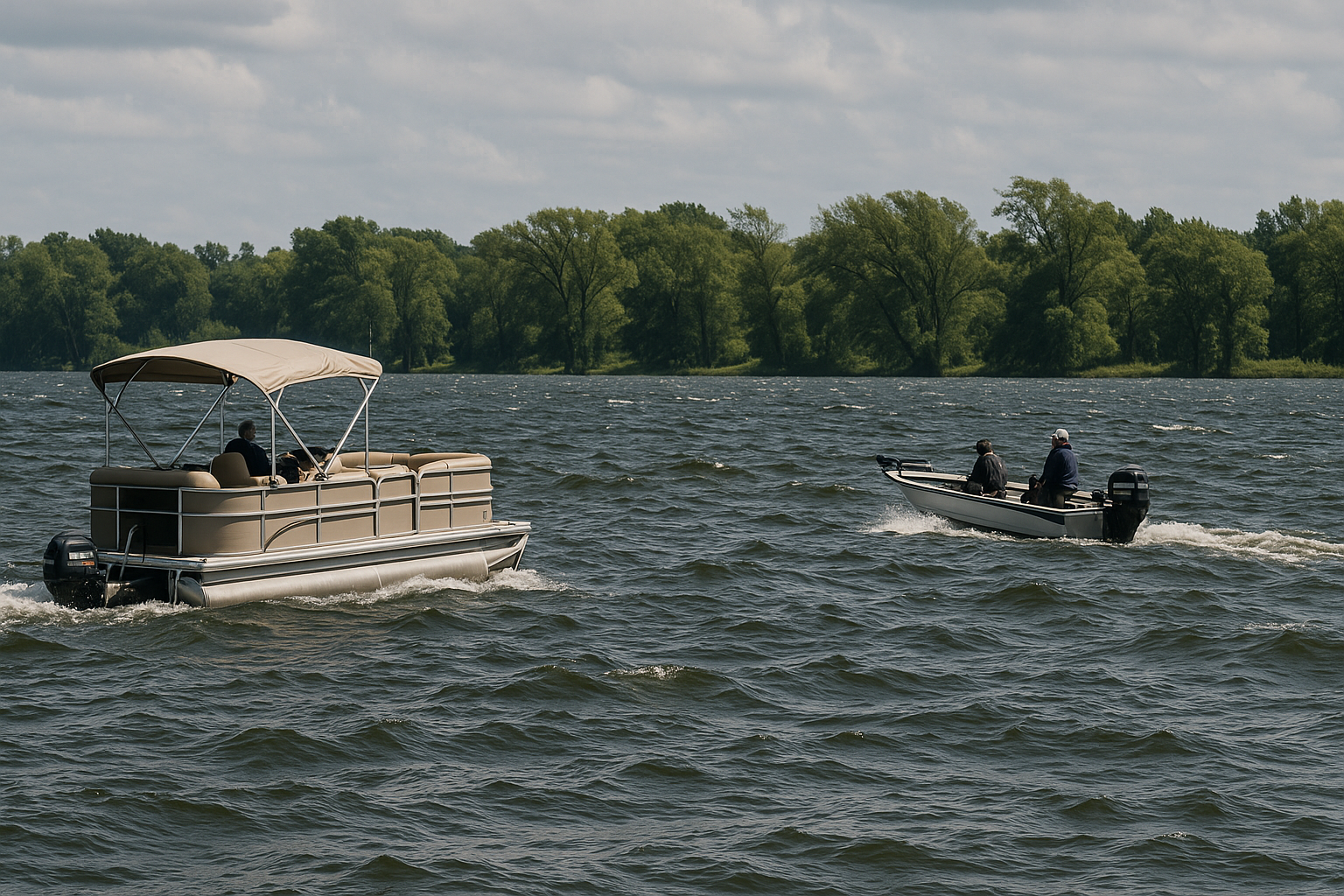
How Wind and Wave Patterns Influence Boating
If you’ve spent any time on Lake Webster, you know the water rarely sits still. Wind and wave patterns play a bigger role in boating safety than many realize, and paying attention to them can make the difference between a smooth outing and a stressful one.
I’ve seen it more than once—calm conditions in the morning, then a steady breeze shifts by afternoon and suddenly the lake feels like a different place. The wind direction and speed shape the size and movement of the waves, and that’s what every boater needs to keep an eye on.
When the wind picks up from the west, for example, waves tend to build quickly along the longer stretches of the lake. That rolling water can create choppier rides, especially for smaller boats. It’s not just about comfort either. Strong waves can make it harder to steer, increase the risk of taking on water, or even push you closer to shorelines and docks than you intended.
Another factor is how wind interacts with the lake’s shape. Lake Webster’s open sections allow waves to travel unbroken, so swells can build more energy than you might expect. In contrast, coves or narrow areas may feel calmer but can create tricky crosscurrents. Learning to read the water, knowing where those patterns form, and adjusting your speed accordingly are simple ways to stay safer.
It’s also worth thinking about how wind and waves affect docking. A gentle breeze can actually help line up your boat, but stronger gusts may push you sideways just when you’re trying to tie off. Taking your time, approaching slowly, and being ready with ropes or fenders makes the process much smoother.
And don’t forget about other boats. Choppy water combined with heavy traffic—especially on weekends—can add a layer of unpredictability. Giving yourself extra distance, keeping a steady hand on the wheel, and watching for sudden changes in wave height will reduce close calls.
At the end of the day, boating on Lake Webster should be enjoyable. Paying attention to wind direction, wave size, and how your boat responds to those conditions will help you stay safe while making the most of your time on the water.
What about you? Have you had a day where the wind and waves caught you off guard? Or maybe you’ve got a tried-and-true tip for handling rougher conditions? Share your experience—we’d love to hear it.
